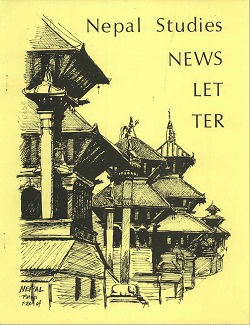Author Biography
Anna Morcom is Professor of Ethnomusicology at Royal Holloway, University of London. Her work focuses on Indian and Tibetan music and dance from a variety of perspectives including politics, nationalism, modern history, media, gender, and economy and development. She has written three books, the most recent, Illicit worlds of Indian dance: Cultures of exclusion (2013, C. Hurst and Co; OUP New York), which was awarded the Alan Merriam prize of the Society for Ethnomusicology (SEM). She is currently working on economic anthropological perspectives in the study of music with a recently-awarded four-year grant from the Leverhulme Trust.
Abstract
Since their beginnings in the 1980s, Tibetan pop music and dunglen (lute songs of northeastern Tibet) have shown strong expressions of Tibetan identity. They also represent a flourishing area of Tibetan language cultural production. This is significant after the repetitive propaganda songs of the Cultural Revolution and given the pressures and restrictions in Tibet on language and religion in particular. However, in this article, I critique straightforward interpretations of the Tibetanness of Tibetan popular music as representing a zone of assertion or resistance, arguing instead that the political potency of Tibetan pop music and dunglen is far more double-edged, coopted and complex. Drawing on ethnography, I describe how state institutions and largely Tibetan cultural workers have in fact played the leading role in its genesis and production and are still a powerful force in its production and dissemination. Moreover, while it is often said that the state is against Tibetan identity and culture, in fact, the attitude is far more ambivalent and contradictory, with China a unitary multi-ethnic state where 55 minority nationalities with distinct culture and identity are recognized, including Tibetans. I argue through the analysis of song lyrics that expressions of Tibetan identity per se are not censored; rather, it is when these expressions are linked to particular political demands. As I explore, a number of reasons can be identified as to why the state does not censor Tibetan pop music and dunglen more harshly, and furthermore, there are reasons why Tibetan language assertion has had so much more success in the realm of pop music than it has had in schools.
Acknowledgements
The author is grateful to Thierry Dodin, Stuart Wright and Gerald Roche who provided useful input into drafts of this article and numerous helpful comments in the anonymous reviews. She remains indebted to all the Tibetans who helped during fieldwork over the years in a myriad ways. She would like to emphasize that the views expressed in this article are her own synthesis and analysis.
Creative Commons License

This work is licensed under a Creative Commons Attribution-Noncommercial-No Derivative Works 4.0 License.
Recommended Citation
Morcom, Anna. 2018. The Political Potency of Tibetan Identity in Pop Music and Dunglen. HIMALAYA 38(1).
Available at:
https://digitalcommons.macalester.edu/himalaya/vol38/iss1/16


